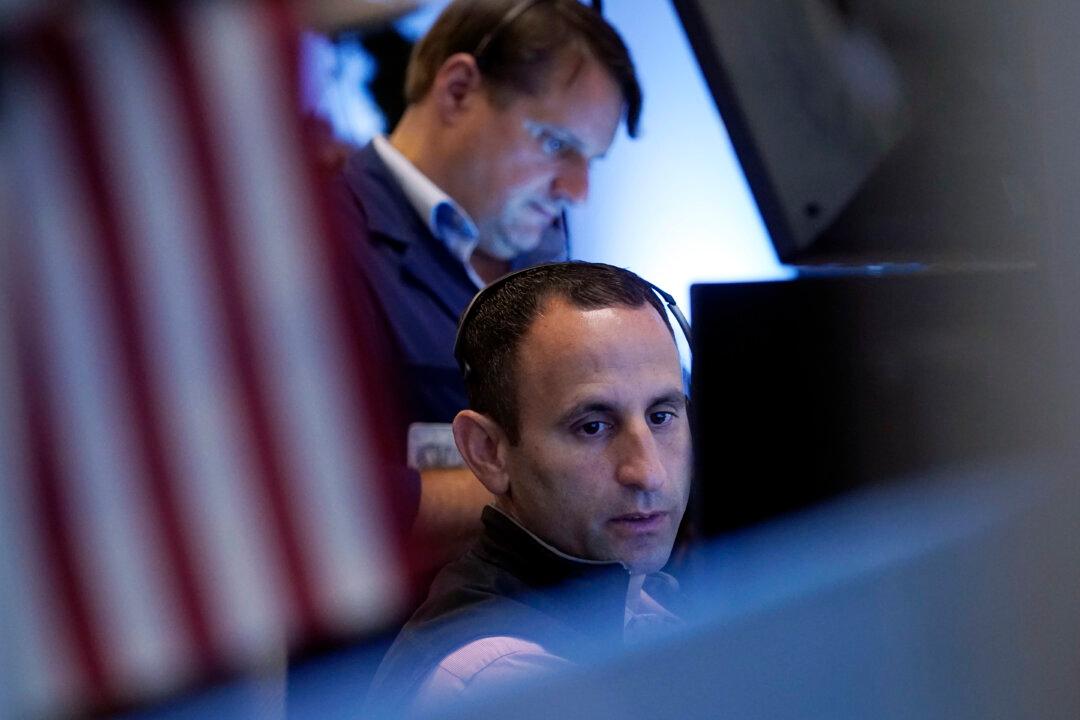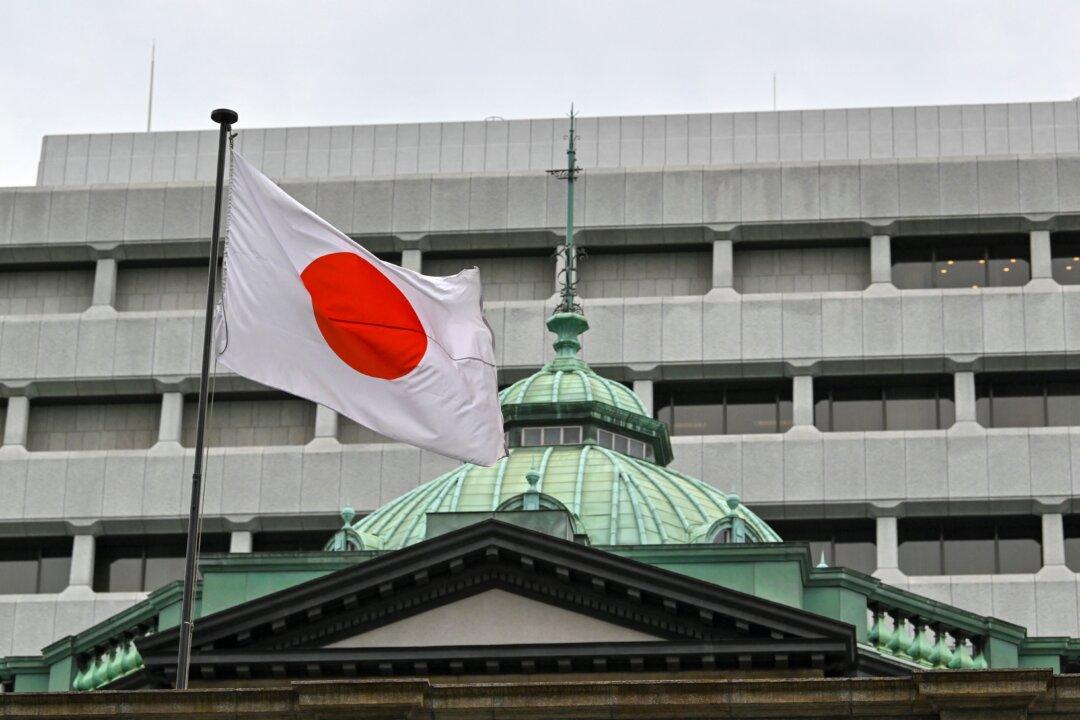The Federal Reserve has unleashed the steepest series of interest-rate increases in decades in a bid to tame soaring inflation—and policymakers warn more rate hikes may be in store.
While the Fed opted not to raise the benchmark federal funds rate at its most recent policy meeting in September, rates are at the highest level since 2001, within a range of 5.25–5.5 percent.





